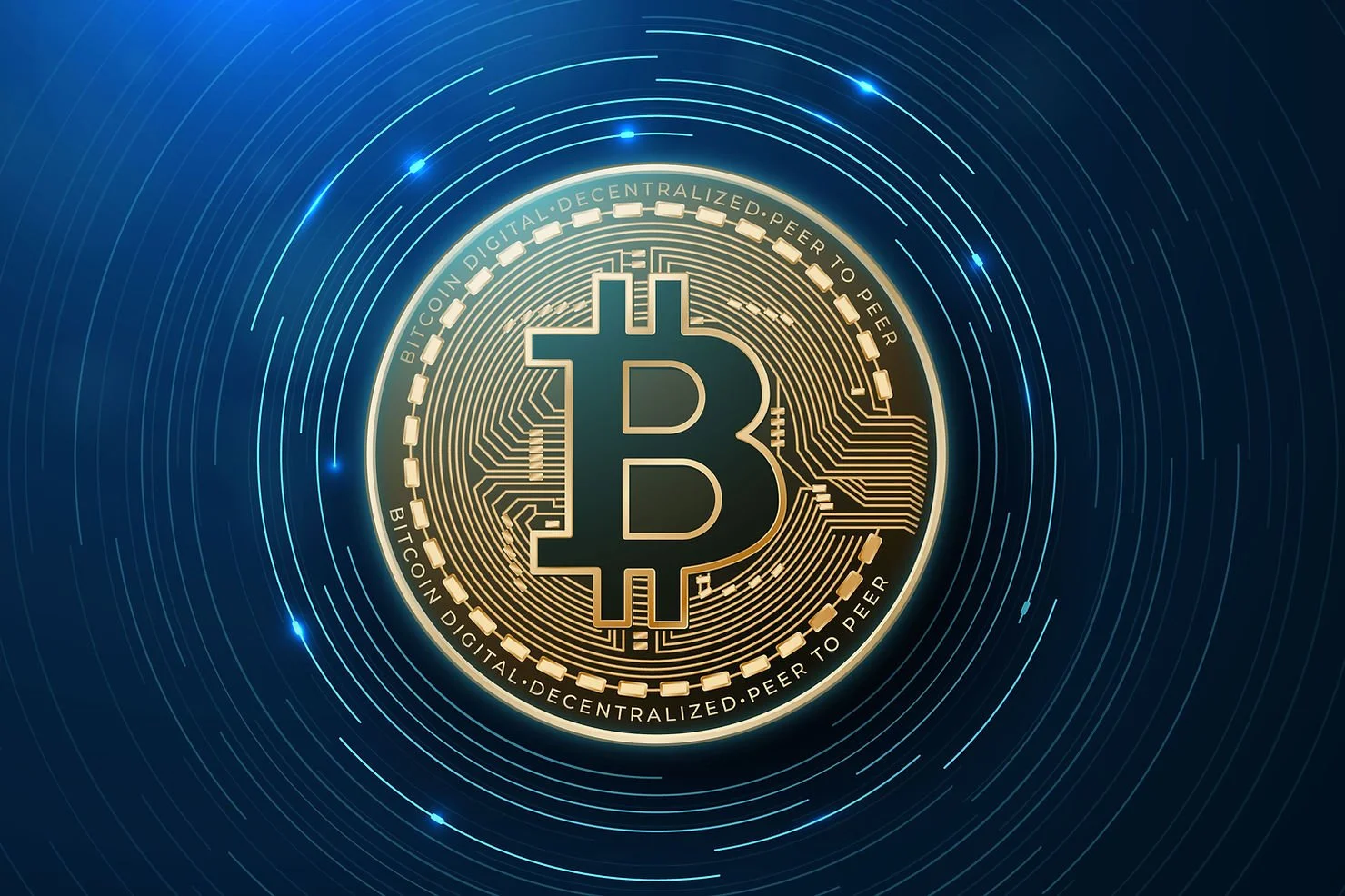
Written: Febrauary 2022
As Texas positions itself to be a leader in blockchain innovation, keeping up with the developments of the Bitcoin network and its adoption is, in my opinion, vital to staying at the cutting edge of the financial revolution the world is currently undergoing. Stay tuned for more on the unfolding paradigm shift related to how we view money and the traditional financial system.
Here are some of my previous posts on Bitcoin and crypto developments in Texas:
“Texas is Open for Crypto Business”
“First Annual Texas Blockchain Summit”
“Synergy: Bitcoin Mining and Texas’ Power Grid”
“Growing Potential for Bitcoin Amendment to Texas Constitution”
What Is Bitcoin?
It all started with the release of this whitepaper in late 2008: “Bitcoin: A Peer-to-Peer Electronic Cash System.” Not long after the whitepaper release, the Bitcoin network was rolled out with the minting of the first bitcoin (BTC) on January 3, 2009, by the pseudonymous individual or group, Satoshi Nakamoto, in the wake of the "Great Recession."
Satoshi Nakamoto described the foundational vision for Bitcoin as "a purely peer-to-peer version of electronic cash that would allow online payments to be sent directly from one party to another without going through a financial institution." According to Bitcoin Magazine, the formal definition of Bitcoin is as follows: "Bitcoin (capital “B”) is a global, borderless, decentralized protocol that enables the peer-to-peer exchange of the bitcoin currency (lowercase "b"), which has a fixed max supply and a known, decreasing issuance rate."
The beauty of Bitcoin is its disinflationary fixed supply (21 million bitcoin), global decentralized network, and immutable public ledger made possible by blockchain technology. Blockchain wouldn't be viable without computers' development, a culmination of work that started with Ada, Countess of Lovelace, and Charles Babbage in the early 1800s and came to fruition in the second half of the 20th Century.
What makes Bitcoin disinflationary is the process of "halving," where the rewards of mining Bitcoin are cut in half every 210,000 blocks (roughly every four years). This means the number of new bitcoins put into circulation is cut in half after each halving event, causing a supply crunch. The latest halving event was the third in May 2020, resulting in a block subsidy of ~6.25 BTC for each block mined. The next halving is expected to occur sometime around May 2024.
Roughly 90% of Bitcoin's 21 million bitcoins are in circulation. Due to the halving feature built into the protocol, the last bitcoin to be put into circulation will not be mined until 2140.
It is important to note that with all the buzz around blockchain, NFTs, and altcoins, the Bitcoin network is the genesis of this revolutionary technology; without it, we would not have NFTs or other forms of cryptocurrency.
Listen up.
*Disclosure: The contents of this episode are strictly for educational purposes. This does not constitute financial, investment, or tax advice.
*Cole HODLs Bitcoin (BTC), Tezos (XTZ), & Ethereum (ETH).
In this episode, Judge conducts a fireside chat with Cole about his experience and knowledge of Bitcoin and crypto. Cole has been involved with and learning about Bitcoin and crypto since 2014.
Some of the topics discussed include:
